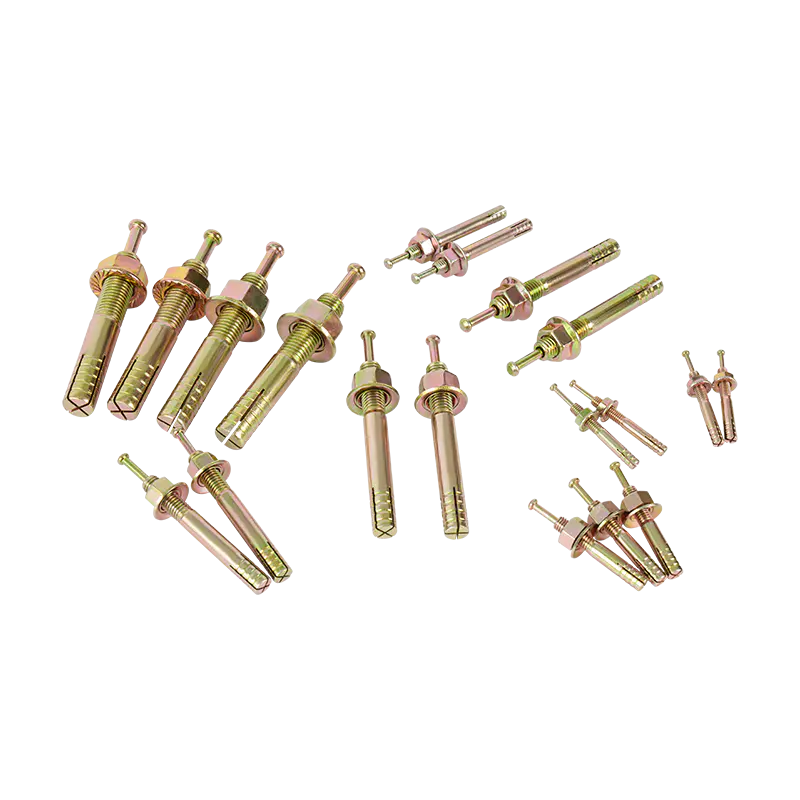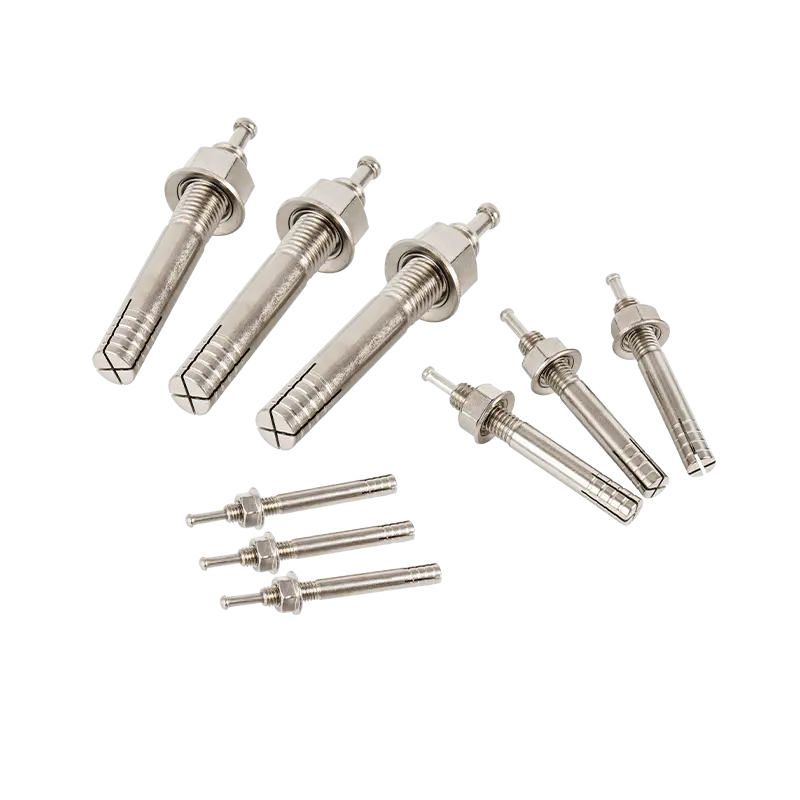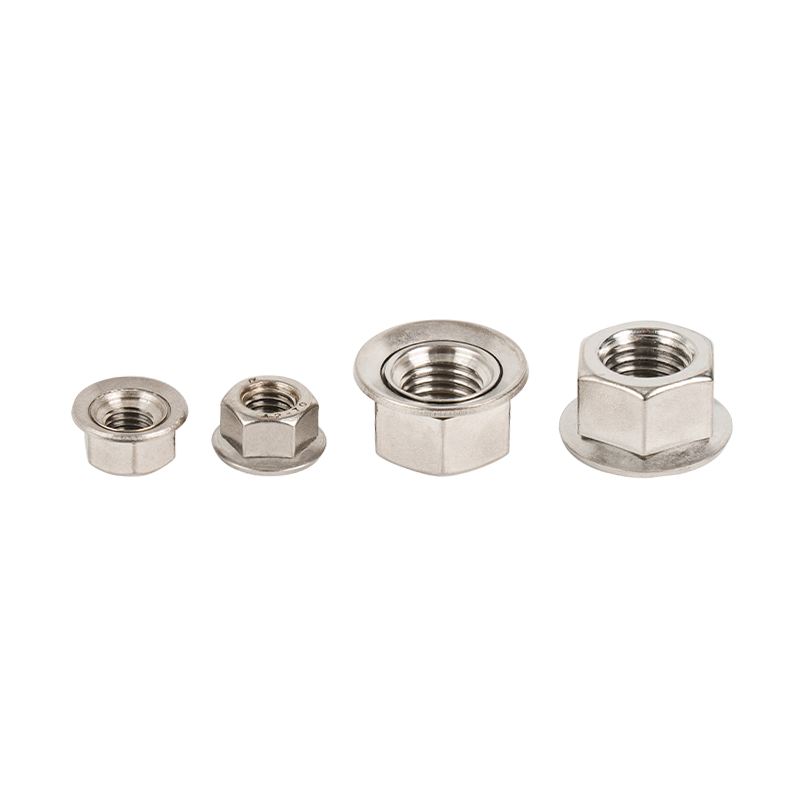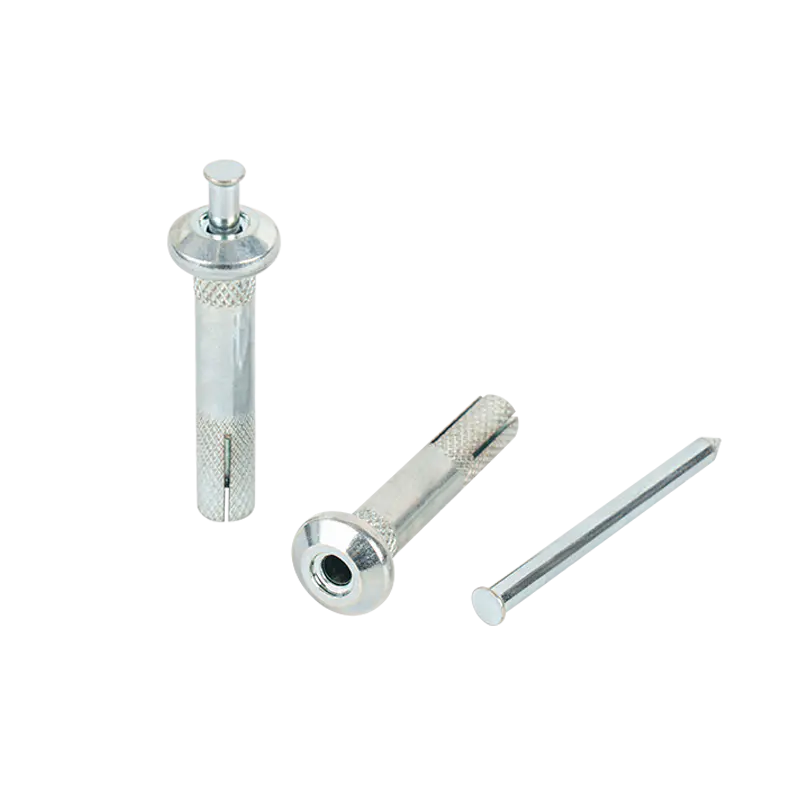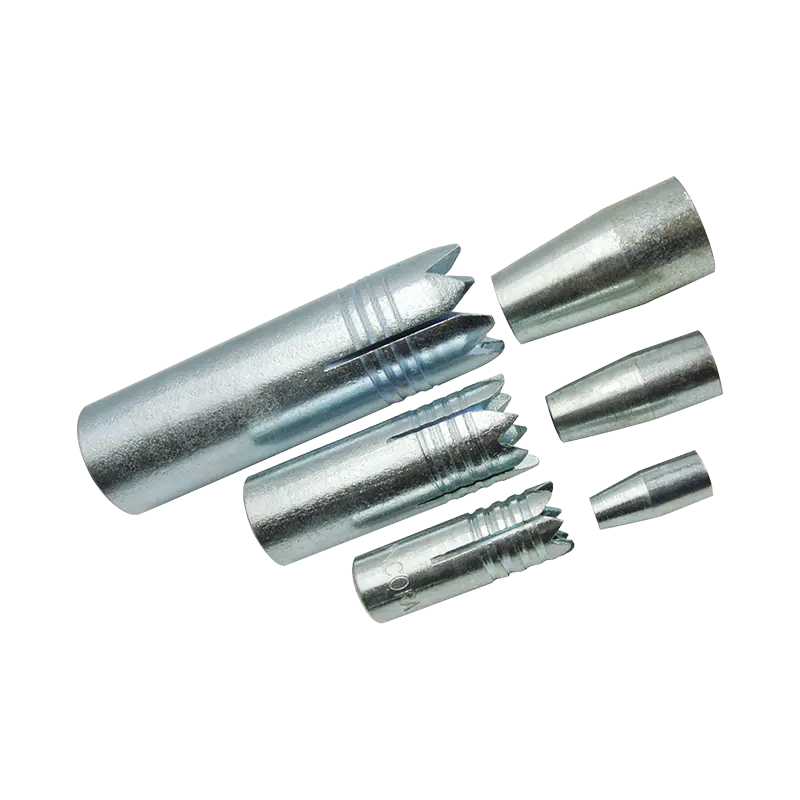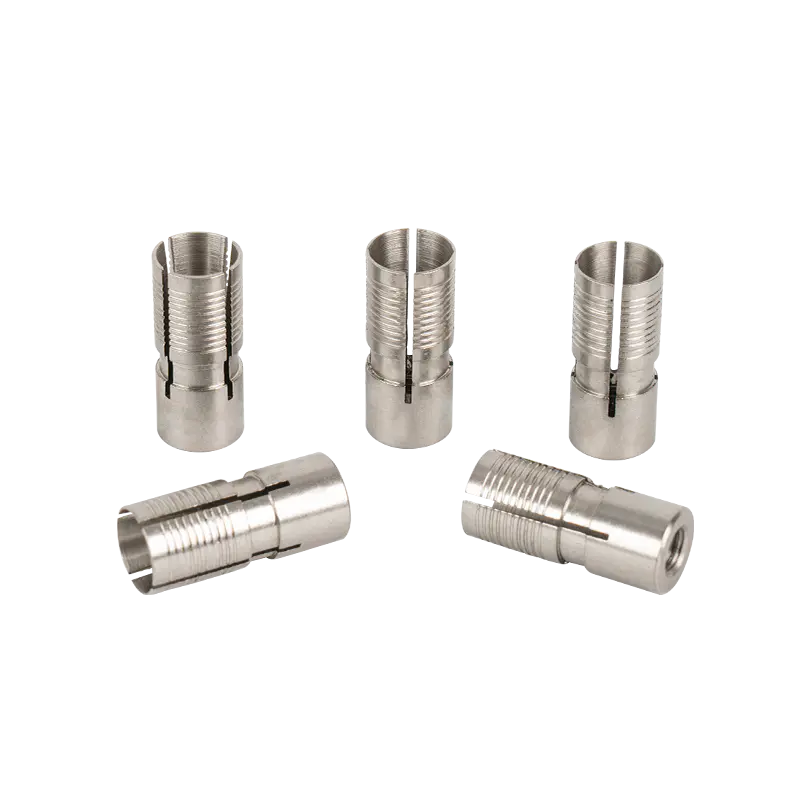What Are the Benefits of Strike Anchor?
2025-08-03
Strike anchors, a specific category of mechanical anchors, offer distinct advantages in fastening to concrete, masonry, and related base materials. Understanding their benefits is crucial for engineers, contractors, and specifiers seeking reliable, efficient, and code-compliant anchoring solutions. The primary benefits of the Strike Anchor stem from its design and installation methodology:
-
High Load Capacity and Performance: The Strike Anchor utilizes an expansion mechanism activated by setting the integrated stud or bolt. This creates significant expansion forces against the walls of the pre-drilled hole, generating high friction and mechanical interlock. This results in reliable tensile (pull-out) and shear load capacities, often suitable for demanding structural and safety-critical applications when installed correctly into suitable substrates. Performance must always be verified against published Evaluation Reports (like ESRs) based on testing per ASTM E488 and designed per ACI 318 or relevant local codes.
-
Speed and Installation Efficiency: A major benefit of the Strike Anchor is the elimination of separate drilling, setting, and fastener insertion steps. The anchor is the fastener, pre-assembled. The installer drills a single hole to the specified diameter and depth, inserts the Strike Anchor, and then drives the stud or bolt to expand the anchor body and set it simultaneously. This streamlined process significantly reduces installation time compared to anchors requiring separate setting tools or multiple components.
-
Resistance to Vibration and Load Fluctuations: Once fully set, the expansion mechanism of the Strike Anchor creates a tight fit within the concrete hole. This mechanical lock provides inherent resistance to loosening under vibration or cyclic loading conditions, contributing to the long-term stability and safety of the connection.
-
Suitability in Cracked Concrete: Many Strike Anchor designs are specifically qualified for use in both cracked and uncracked concrete, as demonstrated through rigorous testing protocols outlined in relevant assessment reports (e.g., ICC-ES AC193 or EOTA TR029). This qualification is a significant benefit, expanding their applicability in structural elements where crack development is anticipated under service loads.
-
Immediate Load Capacity: Unlike chemical anchors requiring cure times, the Strike Anchor achieves its full design load capacity immediately upon correct setting. This allows for immediate progression of work and loading after installation, enhancing project scheduling efficiency.
-
Corrosion Resistance Options: Strike Anchors are typically manufactured from carbon steel with various corrosion protection coatings (e.g., hot-dip galvanized, mechanical galvanized, zinc plating) or, crucially, from austenitic stainless steel (AISI 304 or 316). This range of materials provides options suitable for diverse environmental conditions, from interior dry applications to exterior, corrosive, or coastal environments, enhancing long-term durability.
-
Versatility in Applications: The design of the Strike Anchor makes it suitable for a wide range of applications, including securing structural steel members, machinery, piping, ductwork, safety systems (handrails, lifelines), and facades to concrete and masonry substrates. It is commonly used in both overhead and slab applications.
Professional Considerations:
-
Hole Preparation: Achieving the specified benefits of the Strike Anchor is critically dependent on correct hole diameter, depth, and cleanliness. Undersized, oversized, or debris-filled holes will compromise load capacity and reliability.
-
Setting Torque: Proper setting requires driving the stud/bolt with the correct torque or until the specified setting indication (e.g., collar flush) is achieved. Under-setting prevents full expansion, while over-torquing can damage the anchor or substrate.
-
Edge and Spacing: Minimum edge distances and anchor spacings mandated by the anchor's Evaluation Report and project design must be strictly adhered to. Failure to do so risks concrete breakout failure.
-
Substrate Verification: The suitability of the concrete strength (minimum f'c) and condition (cracked vs. uncracked) must be confirmed against the anchor's qualifications before installation.
The Strike Anchor offers a combination of high load capacity, rapid installation, immediate load transfer, vibration resistance, and proven performance in cracked concrete that makes it a valuable solution in construction and industrial fastening. Its integrated design streamlines the installation process, while the availability of corrosion-resistant materials ensures longevity. Realizing these benefits requires strict adherence to manufacturer specifications, published evaluation reports, and relevant building codes during design, specification, and installation. When selected and installed correctly for the application and substrate, the Strike Anchor provides a robust, efficient, and reliable anchoring method.

 English
English 日本語
日本語
